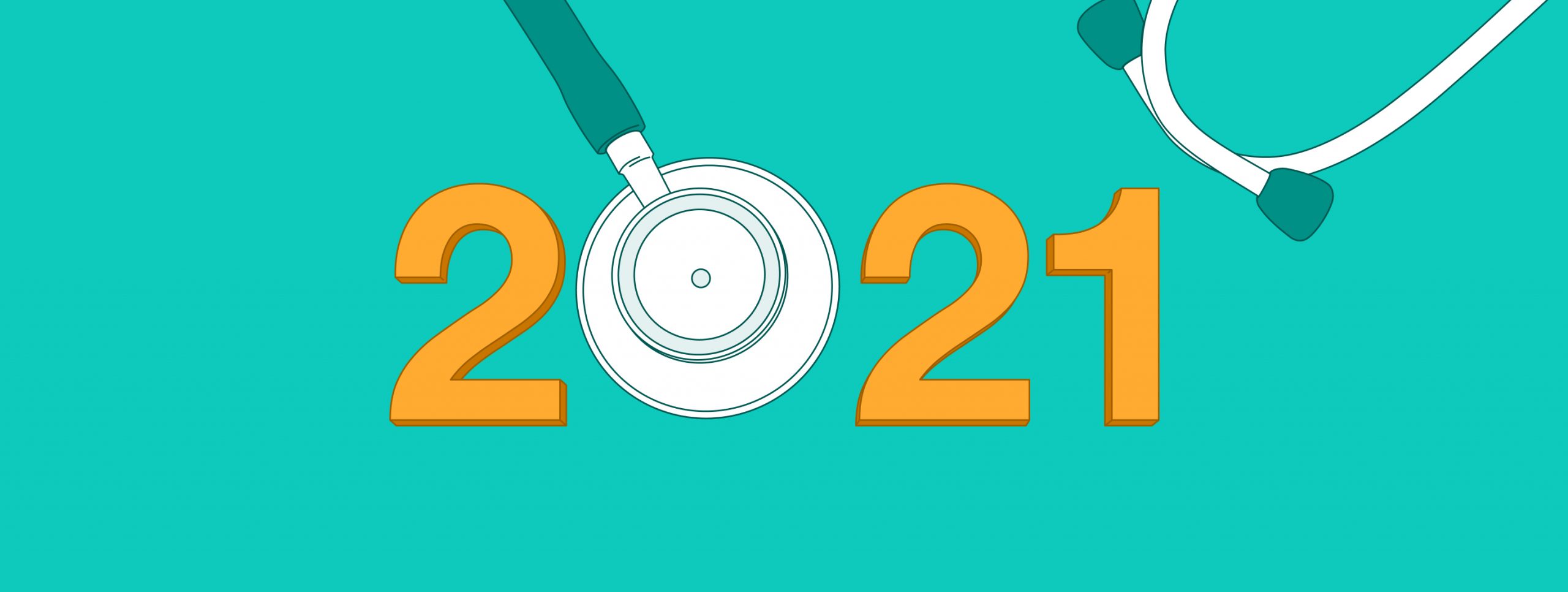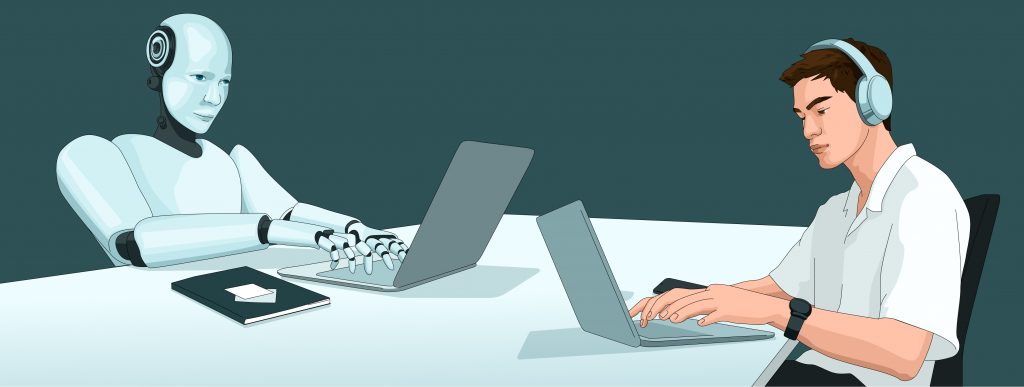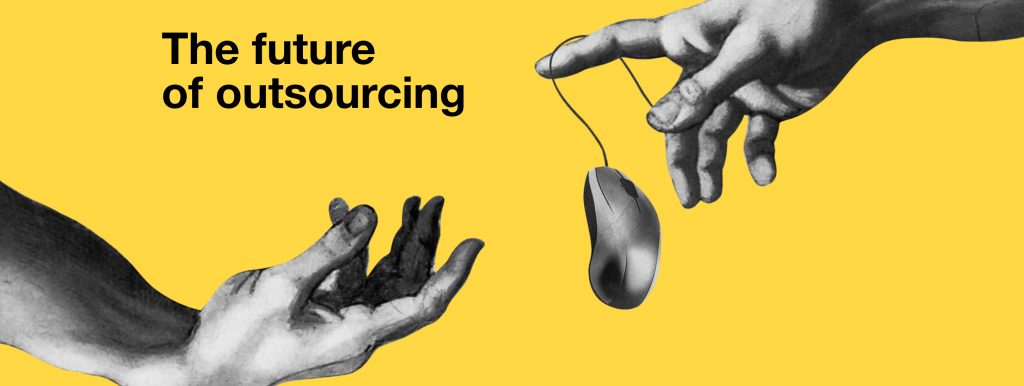The global pandemic has become a trigger point for the health sector, accelerating the transition to digital technologies aimed at the improvement of care delivery. In 2021 people will probably continue to avoid crowded places and especially medical facilities, that will keep contributing to developing and improving eHealth solutions.
Such modern conditions make trendwatching especially important for the Healthcare industry: its customers are more likely to transform their behavior during these uncertain times. And if you want to create a competitive solution meeting the modern needs of doctors and their patients, you need to track the latest trends.
What trends will impact Healthcare software market development in 2021?
- Telemedicine
In 2020, due to restrictions related to social distancing, the use of telemedicine services increased dramatically: during the first quarter of 2020, the number of telehealth visits increased by 50%, compared with the same period in 2019. Furthermore, 83% of patients expect to use virtual appointments after the pandemic resolves.Factors such as the emergence of robots and robotic platforms in the field of telemedicine, as well as the consolidation of telehealth companies, are likely to contribute to the growth of this market. According to a new report by Expert Market Research, the telemedicine market is expected to grow at a CAGR of 24% between 2021 and 2026 and reach approximately USD 173 billion by 2026. - Augmented and Virtual Reality
Being immersed in a virtual world or viewing real-life spaces with digital enhancements is no longer just entertainment. By the way, the global market for digital medical VR technologies is already projected to grow to $2.4 billion by 2026.Healthcare providers have already used AR and VR technologies for enhanced data understanding. Currently, VR and AR technologies are used for lifelike surgical training programs, treating stress disorder, and much more. Another great example is implementing VR for imaging lung scans to look at them from every different angle and better understand what impact has COVID-19 made on patients’ lungs. - Artificial Intelligence
Artificial Intelligence plays a huge role in the digital transformation of healthcare. Analysts predict that the future of AI in Healthcare will be mostly connected with precision medicine, genomics, drug discovery, and medical imaging.Today, AI-driven image recognition allows doctors to prescribe personalized treatment plans adapted to the genetic structure and lifestyle of a patient. Moreover, AI can help you prescribe individual drug dosage recommendations based on the patient’s body chemistry and environmental conditions.Pharmaceutical and biotech companies use Machine Learning algorithms to shorten the drug development cycle. And more recently, scientists in the United States have developed an algorithm that accurately recognizes and diagnoses COVID-19 just by the sound of a cough. - Wearable technology
Today, Wearable devices with companion apps are probably the most efficient solutions for tracking health records. Using wearable devices reduces the risk of hospitalization, prevents the development of diseases, and allows doctors to remotely monitor health conditions of patients.Medical organizations are also accelerating the implementation of solutions for self-monitoring of patients with chronic diseases, which provides budget optimization: usually, the treatment of chronic diseases accounts for about 80% of healthcare costs. According to the Statista report, the number of wearable devices is forecast to reach more than one billion by 2022. - The Internet of Medical Things (IoMT)
According to the results of the MarketsandMarkets™ Research, the global Internet of Things (IoT) in Healthcare market size is expected to reach USD 188.2 billion by 2025. Today, IoMT helps in providing remote care, collecting information about the patient, and transferring medical data over a secure network.Connected medical devices, for example, sensors, heart rate meters, help you in collecting and processing data such as general health indicators, allergic reactions, and test results. Moreover, you can generate personal statistics of patients and their medical records more quickly. Thus, information from connected systems can help you to provide patients with timely and appropriate care, and prevent exacerbations of chronic diseases.
Crisis in 2020 for providers
In 2020, care providers have faced a crisis in two ways – health-related and economic. It makes Healthcare decision-makers to implement new services and solutions ensuring both quality care and costs optimization. Paying attention to tendencies in the Healthcare software market will help you to make smart investments and deliver upscale applications meeting the needs and expectations of your target audience.
As an IT partner, today we accumulate our domain and technology experience to help care providers effectively respond to their specific business challenges using smart software solutions. Contact us if you want to bring digital transformation to your Healthcare workflow.






